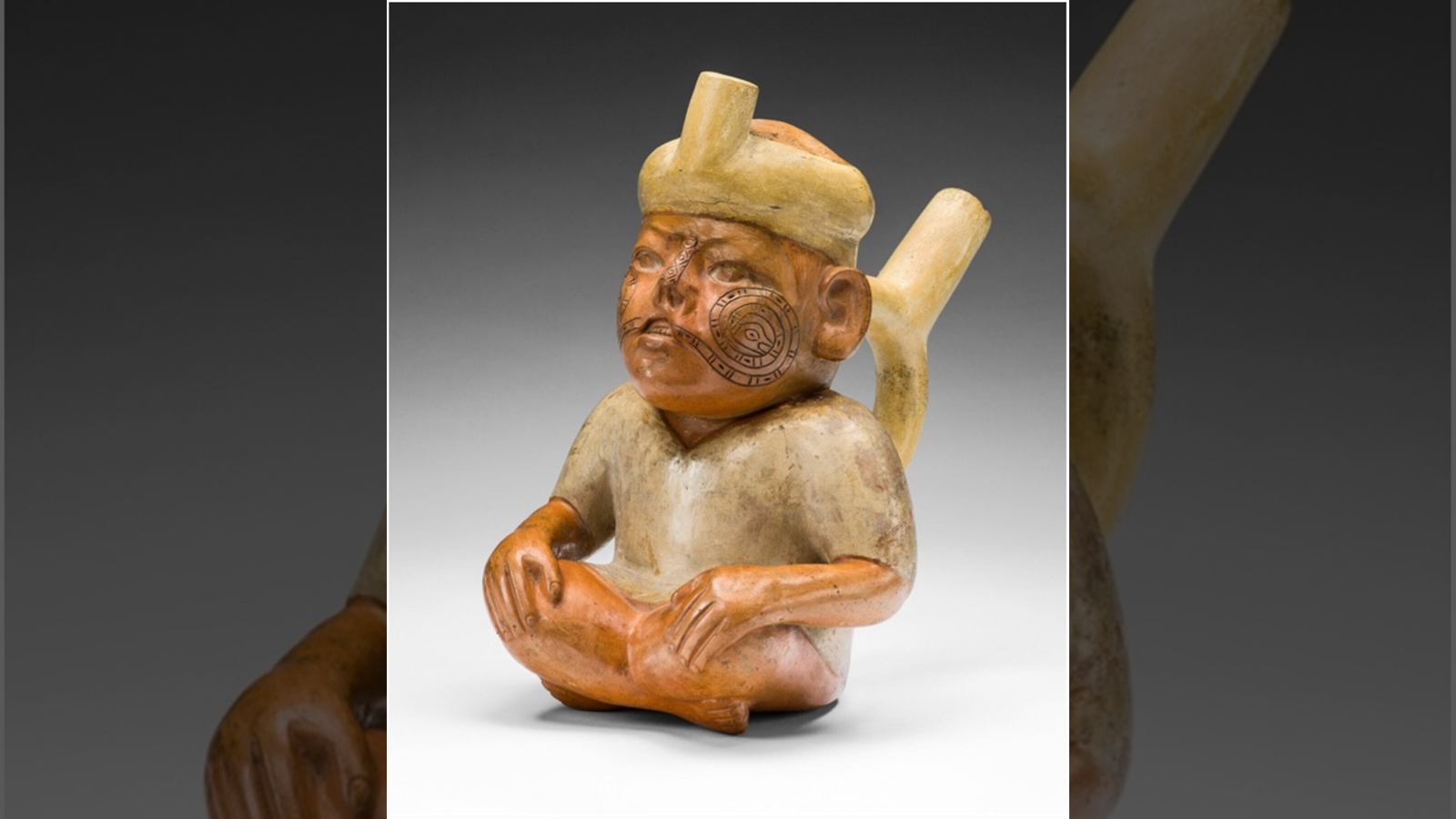Happiest States: Hawaii Moves into First Place
If you needed an extra twist of the arm to set off on a Hawaii vacation, here it is: The big-wave state was the happiest place to live in 2009, according to a newly released national survey.
Topping the well-being list among all 50 states, Hawaii pulled ahead of the 2008 leader Utah. But Utah and its neighbors still have plenty to smile about. Nine of the top 10 well-being states reside in the Midwest and the West. The south didn't fare so well, taking seven of the 11 lowest well-being spots on the list.
The results come from interviews with more than 350,000 American adults who took part in the Gallup-Healthways Well-Being Index in 2009. This is the second year of the survey.
The well-being score for each state is an average of six sub-categories, including: life evaluation (self-evaluation about your present life situation and anticipated one in five years); emotional health; work environment (such as job satisfaction); physical health; healthy behavior; basic access (access to healthcare, a doctor, a safe place to exercise and walk, as well as community satisfaction).
The top 10 states and their average well-being scores (out of a possible 100 points):
- Hawaii: 70.2
- Utah: 68.3
- Montana: 68.3
- Minnesota: 67.8
- Iowa: 67.6
- Vermont: 67.4
- Colorado: 67.3
- Alaska: 67.3
- North Dakota: 67.3
- Kansas: 67.2
A complete list of the 2009 happiest states is here.
Hawaii also topped the charts for life evaluation, emotional health and physical health, while West Virginia scored the worst on those indexes. Utah was number-one for work environment, scoring 10 points more than the worst state, Delaware.
Get the world’s most fascinating discoveries delivered straight to your inbox.
Bad news for Mississippi, which scored lowest on the basic access index. For healthy behavior, Vermont topped the list while Kentucky scored the worst.
Overall, state well-being stayed pretty stable from 2008 to 2009. Only four states – South Dakota, Mississippi, Hawaii, and Iowa – upped their scores by two or more points compared with 2008. Wyoming had the greatest drop of 1.3 points since 2008. Compared with 2008, 18 states moved in a negative direction, 27 in a positive direction, and five stayed the same.
As for why one state tops the list while another fails miserably, in the past researchers have looked at the relationship between 2008 well-being scores and various factors, including economic indicators, education levels, personality traits and levels of inclusiveness. They found the states with higher gross regional product (GRP) per capita (level of productivity and standard of living), higher income levels and higher median housing value, were significantly happier than poorer areas.
In addition, the happiest states in 2008 tended to have more residents with advanced educations and jobs that were considered "super-creative," such as architecture, engineering, computer and math occupations, library positions, arts and design work, as well as entertainment, sports and media occupations.
Level of inclusiveness was also important, according to the research on the 2008 scores, with some of the states scoring best for well-being also being the most tolerant.
If you're wondering if people in a particular state are happy, you might just want to ask them. Another team of researchers reported results last year in the journal Science showing that a person's self-reported happiness matches up with objective measures of well-being. A separate happiest states list, generated from the individual surveys of this study, differed from the 2008 and 2009 lists that relied on the Gallup-Healthways data.
Essentially, the team publishing their work in Science used their data to statistically create a representative American. That way they could take, for example, a 38-year-old woman with a high-school diploma and making medium-wage who is living anywhere and transplant her to another state and get a rough estimate of her happiness level.
Jeanna Bryner is managing editor of Scientific American. Previously she was editor in chief of Live Science and, prior to that, an editor at Scholastic's Science World magazine. Bryner has an English degree from Salisbury University, a master's degree in biogeochemistry and environmental sciences from the University of Maryland and a graduate science journalism degree from New York University. She has worked as a biologist in Florida, where she monitored wetlands and did field surveys for endangered species, including the gorgeous Florida Scrub Jay. She also received an ocean sciences journalism fellowship from the Woods Hole Oceanographic Institution. She is a firm believer that science is for everyone and that just about everything can be viewed through the lens of science.


